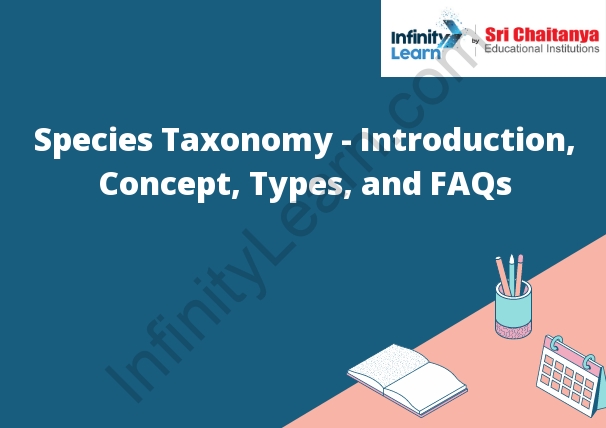Table of Contents
Species Taxonomy – Introduction
Taxonomy is the science of classifying living things into groups. The groups are based on shared characteristics. In other words, taxonomy is the study of how living things are related to one another.
The first step in taxonomy is to make a list of all the living things in the world. This is called a taxonomy inventory. Next, the living things are grouped together based on their similarities. For example, all the things that have feathers might be grouped together. This is called a classification.
The next step is to give each group a name. The name is based on the group’s most important characteristic. For example, the group of things with feathers might be called birds.
Taxonomy is important because it helps us understand how living things are related to one another. It also helps us understand how living things are changing over time.

Important Concept of Species
A species is a group of organisms that share a common ancestor and can produce fertile offspring. Species are the fundamental unit of biological classification and are the smallest group of organisms that can evolve independently.
Typological Species Concept
The Typological species concept is a definition of species that relies on the idea of a typical specimen. A species is defined as a group of organisms that are similar to each other, and different from other groups of organisms. The typological species concept relies on the idea that there is a typical specimen for each species. This specimen is the one that is used to define the species.
Nominalistic Species Concept
The Nominalistic species concept is a way of defining species that does not rely on the idea of a species as a natural kind. Instead, species are defined as groups of organisms that share a certain set of characteristics. This approach is often used when it is difficult or impossible to determine whether two organisms are actually different species.
Biological Species Concept
The Biological species concept is the most widely accepted definition of a species. It states that a species is a group of organisms that can interbreed and produce fertile offspring.
Types of Species
There are three types of species:
1. Biological species: This is the most common type of species and refers to a group of organisms that can breed and produce fertile offspring.
2. Morphological species: This type of species is based on physical characteristics and refers to a group of organisms that share the same physical features.
3. Genetic species: This type of species is based on genetic similarities and refers to a group of organisms that share the same genetic makeup.
Factors Affecting Endangered Species
There are a variety of factors that can affect the endangerment status of a species. These can include:
- Habitat loss or degradation – when a species’ natural habitat is destroyed or degraded, this can impact the population size and health of the species.
- When a species’ natural habitat is destroyed or degraded, this can impact the population size and health of the species.
- Hunting or poaching – when a species is hunted or poached at a rate that is faster than it can reproduce, this can also lead to its endangerment.
- When a species is hunted or poached at a rate that is faster than it can reproduce, this can also lead to its endangerment.
- Disease or parasites – when a species is affected by a disease or parasite that is not native to its ecosystem, this can also lead to its endangerment.
- When a species is affected by a disease or parasite that is not native to its ecosystem, this can also lead to its endangerment.
- Climate change – climate change can impact a species in a number of ways, including altering its natural habitat, changing the distribution of prey, and exposing the species to new diseases.
- Climate change can impact a species in a number of ways, including altering its natural habitat, changing the distribution of prey, and exposing the species to new diseases. Interbreeding with other species – when a species interbreeds with a closely related species, this can sometimes lead to the endanger.





